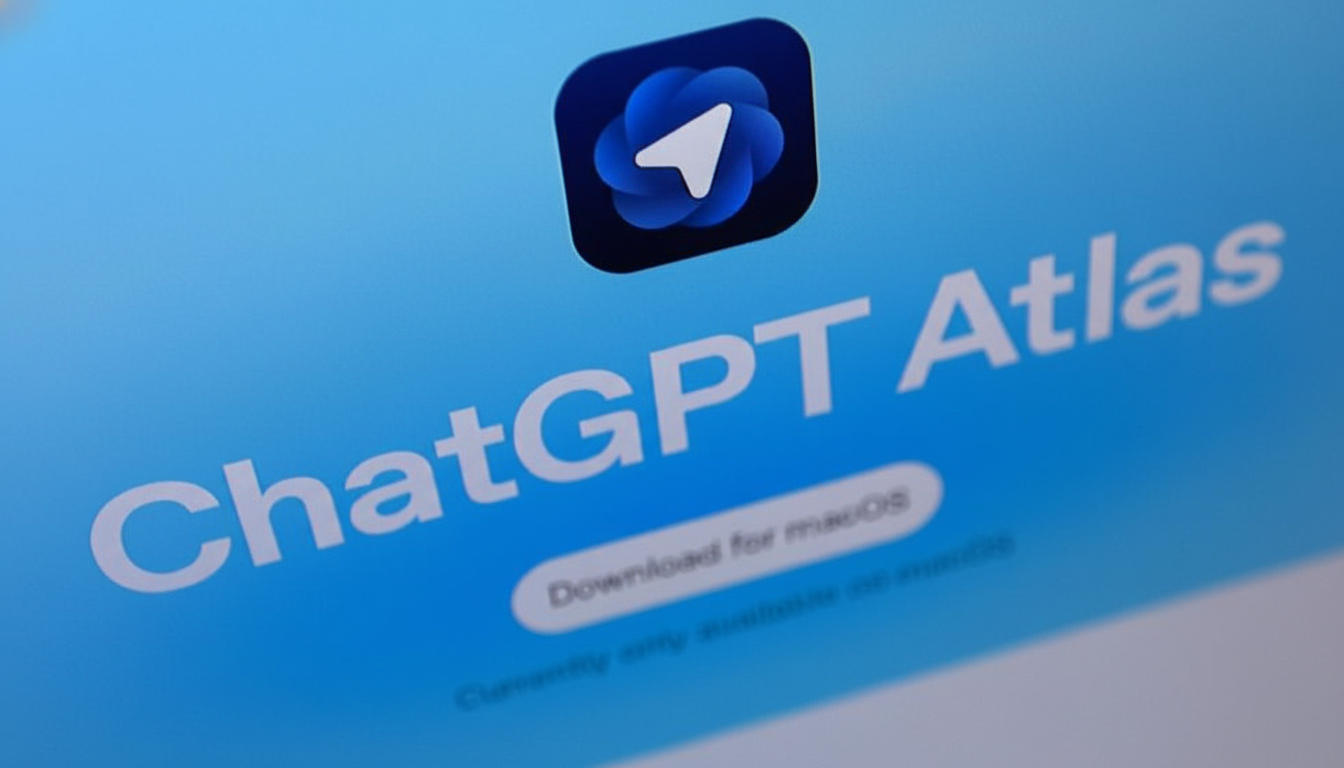AI browsers say they will read the web for you, tell you what matters and even click through tasks in your stead. With the arrival of OpenAI’s ChatGPT Atlas and new AI-first modes in Edge, Opera, Brave and Arc, a simple question has suddenly become urgent: Who actually benefits from this new way to browse?
The answer isn’t everyone. The early evidence is that AI-based browsers will be most useful in these focused, high-friction workflows—where skimming dozens of tabs, trawling through dense documents and extracting summary answers to structured prompts are part of the daily routine. Browsing casually still belongs to the old address bar.
- Researchers and Knowledge Workers Gain the Most
- Sales and Support Teams Benefit from AI Browsers
- Developers and Technical Readers Using AI Browsers
- Accessibility and Non-Native Readers Gain Clarity
- Students and Lifelong Learners Using AI Browsers
- Shoppers and Travel Power Planners Save Time
- Enterprise Compliance-Needy Buyers Eye AI Browsers
- Who These AI Browsers Are Not For, At Least Yet
- How to Know If an AI Browser Is Right for You

Researchers and Knowledge Workers Gain the Most
Analysts, consultants and journalists are first in line for rewards. Tools like Atlas, Perplexity and Arc Search can synthesize across reports, filings and academic papers, reducing hours of context-gathering to minutes. McKinsey has estimated knowledge workers spend about 19% of their time looking for information; trimming even a fraction pays off fast.
The edge isn’t just speed. AI browsers can pull out citations, contrast conflicting claims and construct structured briefs. All that said, trust is not a given. For professional work, verifiable sources, transparent quotes and one-click return to an underlying page are still fundamental requirements.
Sales and Support Teams Benefit from AI Browsers
In repetitive and text-heavy workflows, AI browsers can be a silent superpower. One highly cited study, conducted by Stanford and MIT researchers at a Fortune 500 call center, discovered the combination of humans and AI assistance increased employee output by around 14%, with less-experienced workers realizing the largest gains. And in the context of a browser, copilots that prefill forms, surface policy excerpts and summarize tickets speed up resolution without requiring agents to cross system boundaries.
The catch is data governance. There still need to be strong controls — no copy-pasting sensitive data into public models, clear audit logs and the ability to run on-prem or enable a vetted list of providers.
Developers and Technical Readers Using AI Browsers
Developers don’t live in a browser when they’re writing code, but they do reside in docs, forums, and API references. Browsers with built-in copilots — Edge with Copilot, Brave with Leo, Opera’s Aria — can also parse breaking changes, translate snippets among different languages and cross-reference related GitHub issues. For debugging spiky issues scattered across the docs and posts, it’s a lifesaver.
However, ground truth still matters. Absent that nuance, or the detail of licenses and versions, AI summaries can be expensive, and your best way forward is a tool that refers to specific sections along with code blocks that are reproducible.
Accessibility and Non-Native Readers Gain Clarity
For users who depend on screen readers or navigate complex layouts, AI browsers can reduce cognitive load by simplifying pages and providing instant, multilingual summaries. So-called AI layers that reformat cat’s-cradle-esque pages into narrative outlines or translate jargon help with this greatly, as does the W3C’s Web Accessibility Initiative itself, which stresses clarity and navigability.
Success here depends on reliability. Summaries should retain shades of meaning, especially in legal, medical or financial renderings where syntactic variety reflects a change in the thrust.

Students and Lifelong Learners Using AI Browsers
AI browsers make solid tutors: they’re able to break down dense readings, create study guides and compare views across sources. UNESCO and many colleges now recommend using generative AI with disclosure and validation. The tools that succeed will bring citations to the fore, help readers spot biases, and don’t hide the underlying text.
Teachers will continue to need guardrails: attribution-by-default, boundaries around take-home test settings, and clear demarcation between summarization and original production.
Shoppers and Travel Power Planners Save Time
Tasks with lots of comparison shopping — looking for refundable fares or fee-free baggage policies or return windows — are particularly prone to automation. AI browsers can pull out policy constraints, calculate total cost of ownership and alert you to hidden terms. That’s actually more useful than flashy “have it order everything for you” demos that many consumers won’t trust.
Disclosure matters. They should be made aware of whether or not recommendations might be affected by affiliate economics, and have the option to switch to pure, citation-first results.
Enterprise Compliance-Needy Buyers Eye AI Browsers
As a controllable surface for generative AI, AI browsers are attractive to large organizations. You can also expect purchasing checklists to include data residency options (hey, GDPR, welcome to the party!), model choice, redaction by default, and SOC 2 reporting. Gartner forecasts business will jump on genAI-enabled apps early in this decade; in the browser, that may take the form of officially sanctioned copilots with centralized policy controls over ad hoc plugins.
Vendor offerings that provide browser isolation, secure fetches from internal knowledge bases and clear incident response will traverse the security review process most swiftly.
Who These AI Browsers Are Not For, At Least Yet
For casual browsing — news, streaming, quick searches — AI can seem slower and may occasionally be wrong. StatCounter continues to report Chrome near 65% of global share and Safari about 20%, a reminder that inertia is a powerful force when the status quo is quick and just good enough. It is a novelty more than anything to watch an agent “click around” booking the table.
Two other obstacles remain: hallucinations that seep into summaries, and privacy concerns when sending page content to third-party models. Until these become reliably, painfully boring, many people won’t use AI for the ordinary.
How to Know If an AI Browser Is Right for You
- You generate long-form sources or policies daily.
- You want summaries across multiple languages that are also friendly to polyglots.
- Your process includes extraction and citations in a structured way.
- Your company can mandate data controls and logging.
If these strike a chord, experiment with an AI browser in scoped pilots that have clear success metrics — time saved per task, accuracy of citations and user trust. If not, a classic browser with a lightweight AI sidebar could be the saner starting point.

